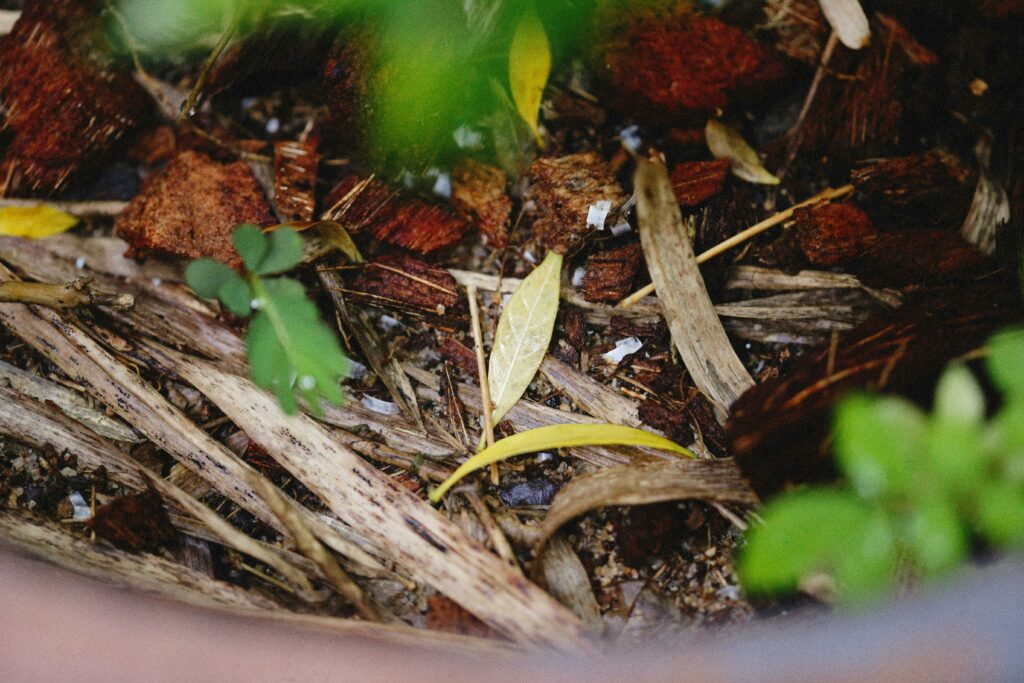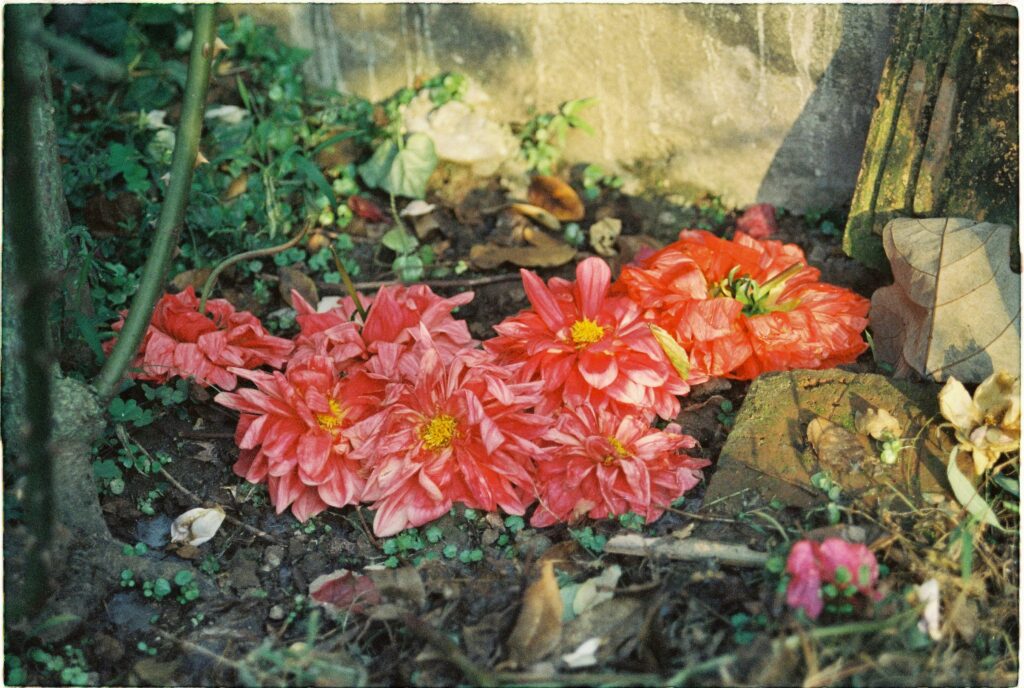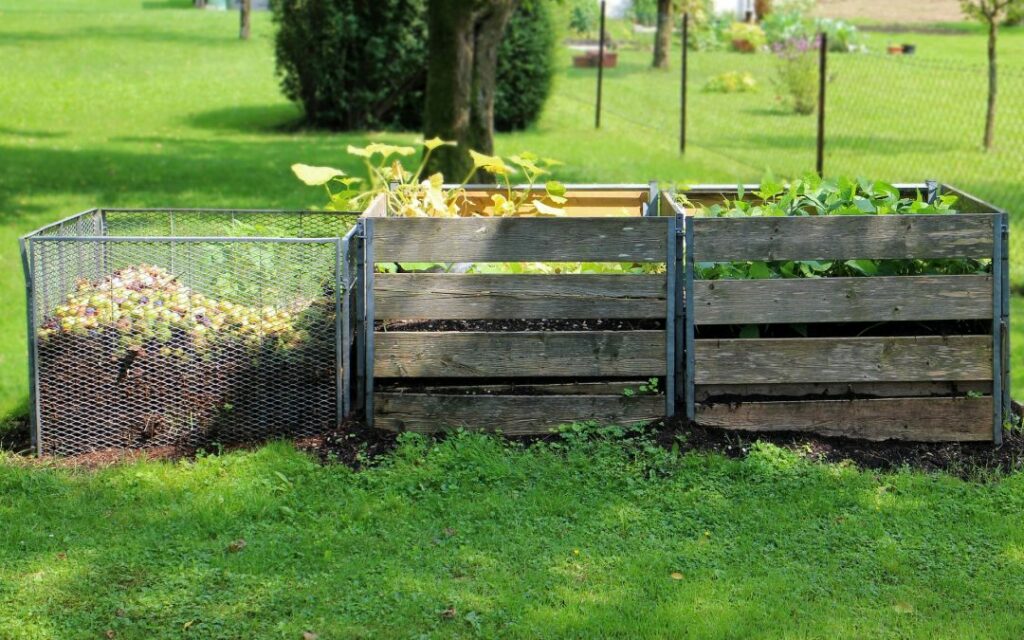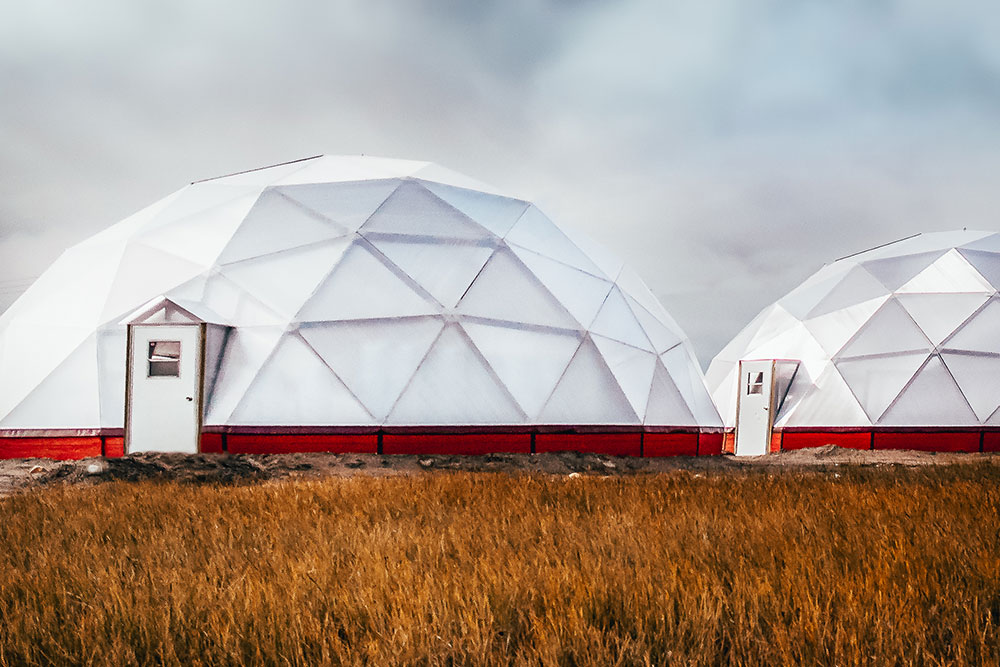

You might be familiar with the concept of "breaking fully in order to rebuild fully".
The phrase highlights the notion that sometimes, even at our lowest times, the opportunity to start again from scratch may allow us to reach higher ground or new levels of success. In the same way, sometimes beautiful things can come from the ugliest materials or, dare I say, decomposing materials. This prologue is really just a segue into a much simpler concept that follows the same framework…
Allow me to introduce you to composting!
Composting has been around for hundreds of years; originally, it was discovered when civilization began to move towards a more pastoral lifestyle, where people began to grow their food and tend to livestock. The people of the time quickly realized that when manure was added to the soil used to grow crops, the yield was better as it acted as fertilizer for the soil. This eventually led to the intentional use of manure when growing crops and has since become a consistent practice in the farming industry. It is safe to assume that most of us do not grow chickens or cattle in our backyards, so manure may be hard to come by. Instead, you can try creating your very own compost at home!
Composting is the natural process of the breakdown of organic materials with the help of tiny organisms found in soil, ultimately creating a product that releases nutrients slowly, therefore enhancing the soil's biochemical and physical characteristics as well as its nutrient status.
5 steps to a simple backyard compost:

Note:
Composting is a great way to reduce household food waste and ultimately reduce greenhouse gas emissions contributing to climate change. Composting is a fun, simple, and easy way to reduce household food waste. It can be your way of doing your part to make our world healthier and happier for generations to come.

Written by Mabel Varughese
Mabel is a a third-year Nutrition and Food Student at Toronto Metropolitan University. Her journey has been fuelled by a deep love for exploring diverse cuisines, cultures, and traditions. She loves connecting with people from different walks of life and learning about different ways of living. With aspirations to become a Registered Dietitian post-undergrad, Mabel is committed to blending her passion for sustainable practices with her love for food. Together, Mabel aims to foster a healthier planet by encouraging others to embrace nutritious and environmentally friendly eating habits that nourish both the body and the planet!








